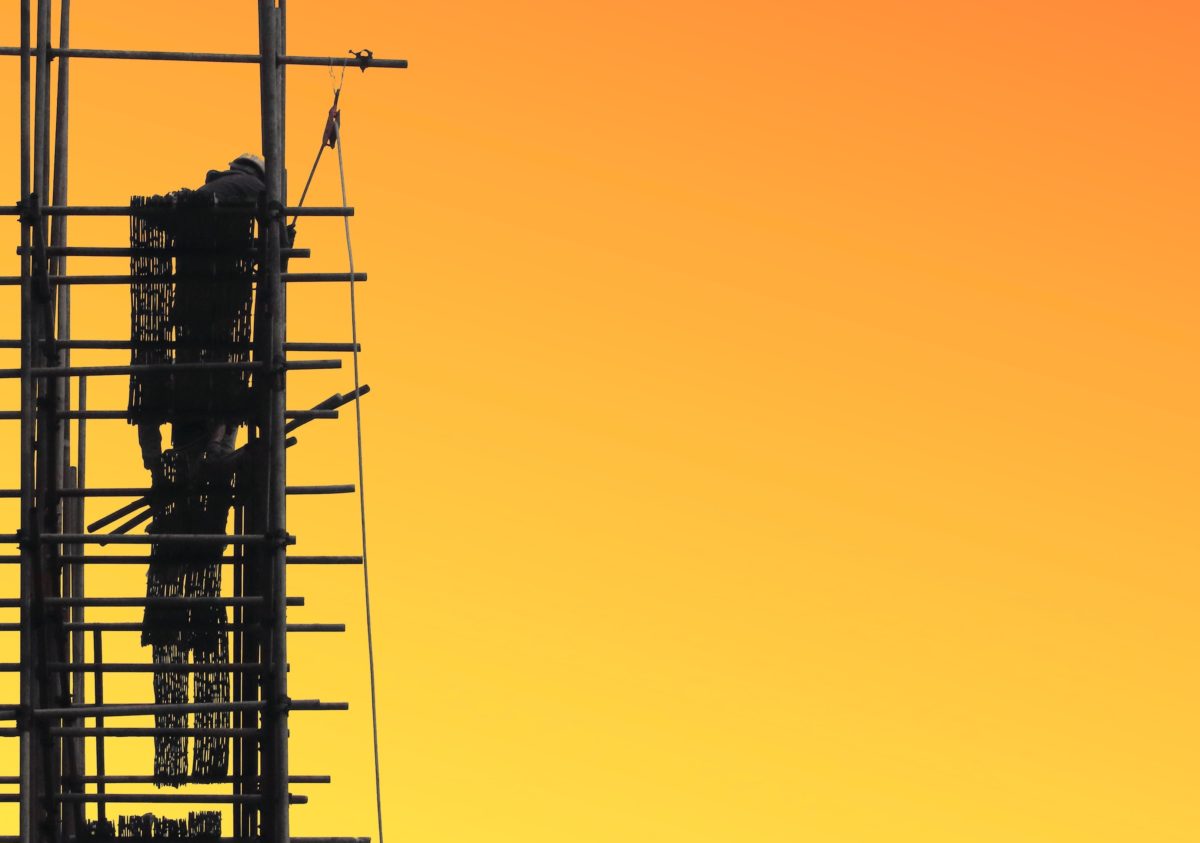Climate-related shocks are becoming more frequent and severe. More than ever, countries must invest in climate resilience and just transitions, but for many emerging market and developing economies (EMDEs), high debt burdens put achieving climate and development goals out of reach.
Will the 2020s be a decade of action to achieve shared climate and development goals, or will it amount to another lost decade of development?
A new policy brief by Marina Zucker-Marques and Ulrich Volz explains the proposal advanced by the Debt Relief for Green and Inclusive Recovery (DRGR) Project. The DRGR Project is a collaboration between the Boston University Global Development Policy Center, Heinrich-Böll-Stiftung and the Centre for Sustainable Finance at SOAS, University of London, that argues it is time for comprehensive debt reform.
The proposal is in many ways a modern-day version of the Brady Plan and the Highly Indebted Poor Countries (HIPC) Initiative of the 1990s combined.
The DRGR proposal consists of three pillars:
- Public creditors should grant significant debt reductions that not only bring a distressed country back to debt sustainability but put the country on a path to achieving development and climate goals—in a manner that preserves the preferred creditor status and AAA credit ratings for participating international organizations.
- Private bondholders and commercial creditors should grant a commensurate debt reduction with public creditors. These creditors would be compelled to enter negotiations through Brady bonds backed by a guarantee fund and a payment standstill.
- For countries not in debt distress but that lack fiscal space, credit enhancement should be provided by international financial institutions to lower the cost of capital for a green and inclusive recovery.
The authors explain that with a clean balance sheet, countries can unlock new investment to achieve the UN 2030 Sustainable Development Goals and the Paris Agreement on climate change. The development story of the 2020s can still be written.
